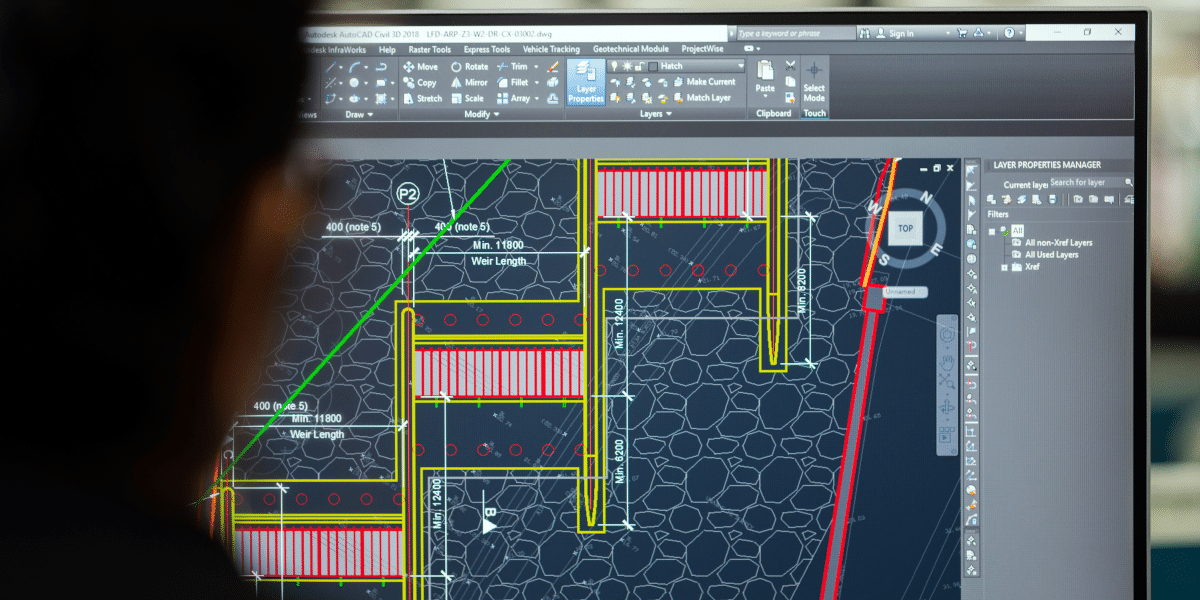In the transition towards a more sustainable and renewable energy future, the role of energy storage has emerged as a critical enabler of grid resilience and the effective integration of renewable energy sources. Energy storage technologies, such as batteries, pumped hydro, and thermal storage systems, play a pivotal role in balancing supply and demand, enhancing grid stability, and maximizing the benefits of renewable energy generation. Explore the significance of energy storage in shaping the modern energy grid.
Grid Resilience: Enhancing Stability and Reliability
Energy storage systems contribute to grid resilience by providing valuable services that enhance stability and reliability. One key benefit is the ability to store excess energy generated during periods of low demand from renewable sources like solar and wind. This stored energy can be dispatched during peak demand periods or when renewable generation is intermittent, ensuring a consistent and reliable electricity supply.
Smoothing Renewable Energy Fluctuations
Renewable energy sources, such as solar and wind power, are inherently variable due to factors like weather conditions and time of day. Energy storage systems act as a buffer by absorbing excess energy during periods of high generation and releasing it during periods of low generation. This smoothing effect helps mitigate the variability of renewable energy output, making it more predictable and easier to integrate into the grid.
Optimal Use of Renewable Energy Resources
Energy storage enables the optimal use of renewable energy resources by allowing excess energy to be stored and used when needed most. For example, solar energy generated during daylight hours can be stored in batteries and discharged during evening peak demand periods, reducing the need for fossil fuel-based generation. This maximizes the utilization of renewable energy and minimizes curtailment of clean power.
Grid Balancing and Frequency Regulation
Energy storage systems provide valuable grid balancing services, including frequency regulation and voltage stabilization. By responding rapidly to fluctuations in supply and demand, storage technologies help maintain grid stability and ensure consistent power quality. This capability is particularly important as the share of variable renewable energy sources continues to increase.
Resilience Against Outages and Blackouts
Energy storage enhances grid resilience by providing backup power during outages and blackouts. Standalone battery storage systems or integrated microgrids with storage capacity can island from the main grid and continue to supply critical loads, such as hospitals or emergency services, ensuring continuity of service during disruptions. This capability improves overall grid reliability and resiliency.
Unlocking New Business Models and Grid Services
The deployment of energy storage systems is driving innovation in energy markets and unlocking new revenue streams for grid operators and stakeholders. Battery storage can participate in ancillary services markets, providing frequency regulation, capacity reserves, and demand response. Additionally, community-based storage projects and virtual power plants are emerging as viable business models that leverage distributed energy resources for grid support.
Policy and Regulatory Considerations
Effective deployment of energy storage requires supportive policies and regulatory frameworks that incentivize investment and innovation. This includes establishing fair market rules for energy storage participation in wholesale markets, streamlining permitting processes for storage projects, and providing financial incentives or tax credits to spur deployment. Clear policy signals are essential to accelerate the adoption of energy storage technologies.
Conclusion: The Path Forward for Grid Resilience and Renewables
In conclusion, energy storage technologies are indispensable for achieving grid resilience and facilitating the seamless integration of renewable energy into the power system. By leveraging the capabilities of energy storage, grid operators can optimize renewable energy utilization, improve grid stability, and enhance overall system flexibility. As technological advancements and policy support continue to evolve, energy storage will play an increasingly pivotal role in shaping a sustainable and resilient energy future. The continued expansion of energy storage deployment represents a transformative opportunity to build more resilient, efficient, and environmentally sustainable energy systems.
Published by: Holy Minoza










